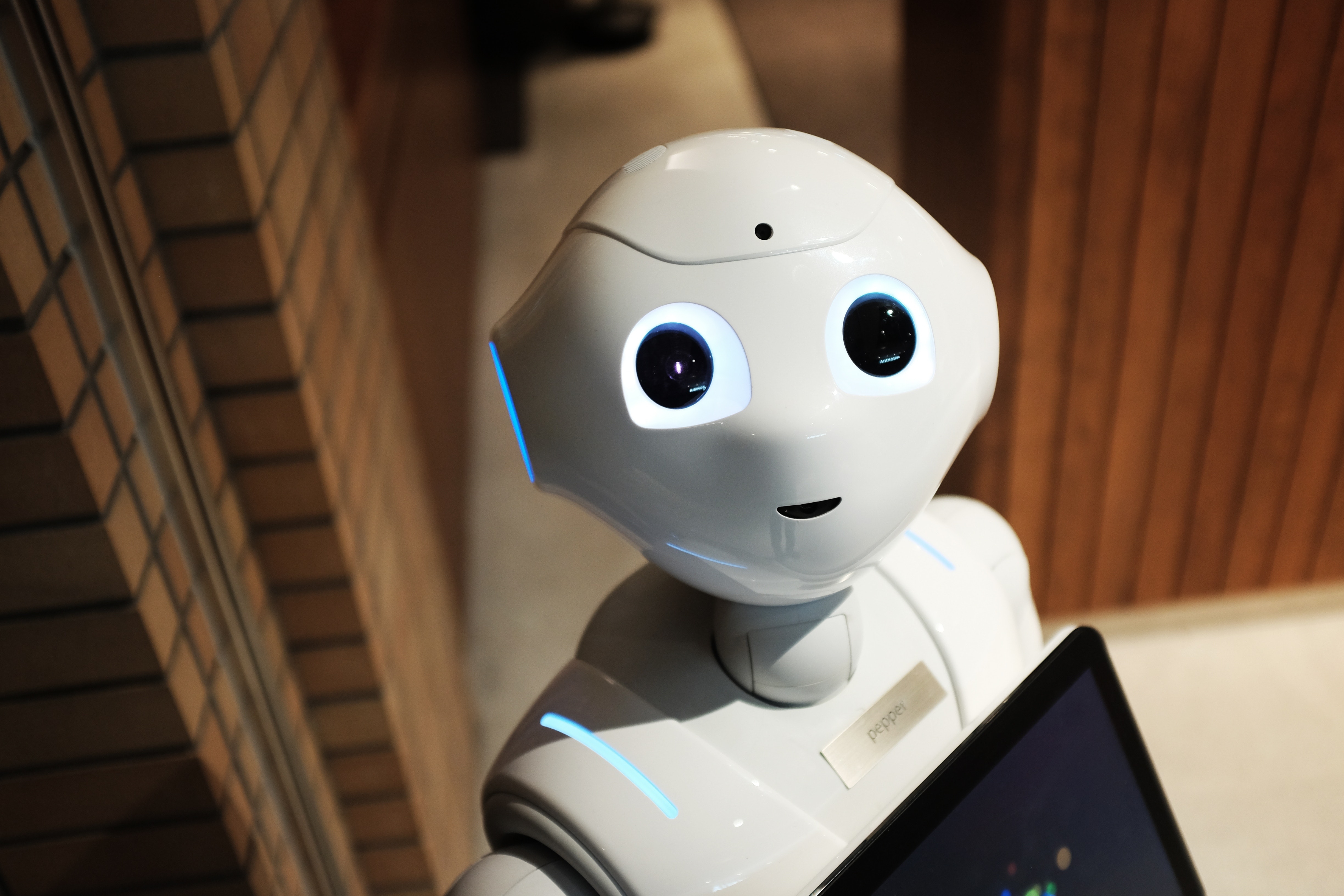Photo: Daro Sulakauri / UNDP Georgia
Since 1938, over 21 million Volkswagen Beetles have been produced in factories around the world. Looking at the history of this car is also to look at the history of evolving production technologies. Throughout its lifetime, Beetle assembly lines have witnessed the progress in car engineering techniques as well as evolving workers’ skills sets. Some workers survived the change, some were retrained, while others lost their job. Ironically, the legendary Beetle too left the stage when the last product rolled off the assembly line in June 2003 in Mexico due to decreased demand. I seem to hear that famous quote by Heraclitus of Ephesus: “nothing endures but change”.
Increasingly we see technological innovation dramatically change the way we manufacture and produce. These changes do not always keep workers and the landscape of labour in mind. Indeed, skills shortage level today is at its peak globally. As technology has shifted, it has also changed the needs of employers, who are having difficulty finding the right talents today. Workers now face prolonged unemployment periods causing further deskilling, and educational institutions graduate new cohorts with old skills. We need to shine a spotlight on those left behind and who probably perceive the change as nothing more than disruption.
At UNDP, I’m working to make labour markets in Europe and Central Asia more inclusive amid fast-changing employment landscape. Here are 5 lessons I have taken home from that work.
1. There is ample predictive research, yet uncertainty endures.
There are many studies on the future of work, but there is equally a high level of uncertainty. For example, low- to mid-skilled workers (e.g. machinists, operators, assemblers) would better retrain themselves in customer and personal service, technology design, and installation to survive in the job market. Would that save everyone? We are not quite sure. Research shows that 10 percent of the workforce are currently in occupations with growth prospects, 20 percent with contraction prospects, and we are uncertain what is happening to the remaining 70 percent. Predictions remain susceptible to research methodology, geographic focus, and macroeconomic factors.
2. More robots in production can worsen inequalities between middle and high-income countries.
A typical multinational corporation of the past century would outsource its production facilities to a low-wage middle-income country and ship the products to its customers in developed economies. As manufacturing becomes less dependent upon cheap labour and more on robotic facilities, production tends to move back to developed economies which have more robots and high-skilled workers. This hampers development and worsens inequalities between middle and high-income countries.
3. Skills mismatch in middle-income economies restrain their firms from adopting new tech and remaining competitive.
The disconnect between qualifications, skills and employability simply means that having a diploma no longer guarantees relevant skills or higher chances of finding a job. Indeed, employers say that candidates’ lack of relevant skills (job-related or soft skills), regardless of their education level, is among the top reasons why vacancies remain unfilled. This pattern becomes even more profound in middle income countries.
Lack of quality education, outdated curricula, as well as inadequate internship and on-the-job training opportunities exacerbate this trend. When a company in a middle-income country fails to find the right talent with top-notch skills, that firm cannot adopt the new production technique that other competitor firms in more developed economies already take for granted. As a result, the firm loses its market competitiveness. Most up-and-coming graduates with fresh top-notch skills tend to emigrate and accept jobs, even those inferior to their skills in a neighboring country, if the conditions there are better than at home.
4. Not every social group is equally affected.
Robots are more likely to take over predictable physical tasks, data collection and data processing. These automation-prone tasks are currently carried out by low- to mid-skilled workers who often hardly make ends meet. If these workers are not retrained for smooth shifts towards robot-resilient tasks, they will be disqualified. The largest social risk is to low- to mid-skilled workers who are more likely to be adversely affected. Ever-growing inequalities from disruptive technologies are likely to intensify social polarization.
5. Do what robots cannot do (at least for the time being).
As a rule of thumb, workers are more resilient if they can perform tasks that robots cannot do. These human tasks require cognitive (critical thinking and problem-solving) and socio-behavioral skills (creativity and curiosity) - soft skills that robots can hardly rival. These soft skills are not necessarily job-specific and are transferable across jobs, which is also ideal in terms of versatility. Especially in a liquid labour market where people change jobs more frequently than ever before, this can be extremely useful. Indeed, automation offers a new and collaborative division of labor where human and robot functions complement each other. The key question that concerns us is whether everyone can equally reap the benefits of this complementarity.
The narrative of the above discussion deliberately avoided future tense. Because the change is happening now, and it leaves some further behind. The business-as-usual which produced today’s vast disparities of opportunity, income and power within and among countries cannot be a solution for a sustainable world.
Considering all of the lessons shared above, we at UNDP recommend policy makers to put universal lifelong skills retraining on top of the agenda. If we want to achieve decent work for all, today and tomorrow, there is simply no other way.
-
Editor's Note: If you found this blog post interesting, also check out: 7 striking facts about the state of work in Eurasia

 Locations
Locations

